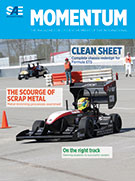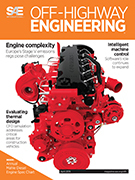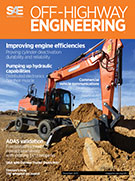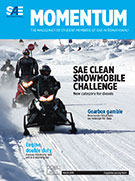Magazine

Automotive Engineering: May 2017
2017-05-04
Innovations for lightweighting Tough fuel-economy bogies for 2021 and beyond are driving new approaches to materials use, as seen in these case studies. Axellent progress AAM's new Quantum drive-axle technology is a leap forward in lightweight, efficient driveline systems aimed at 2020 and beyond. Low-temperature combustion ready for prime time? At SAE's High-Efficiency IC Engines Symposium, Delphi said its new, third-generation GDCI is promising, but even LTC proponents admit that challenges remain. More automation for ECU testing The latest fault-insertion tests enable engineers to run more test cases in less time.








